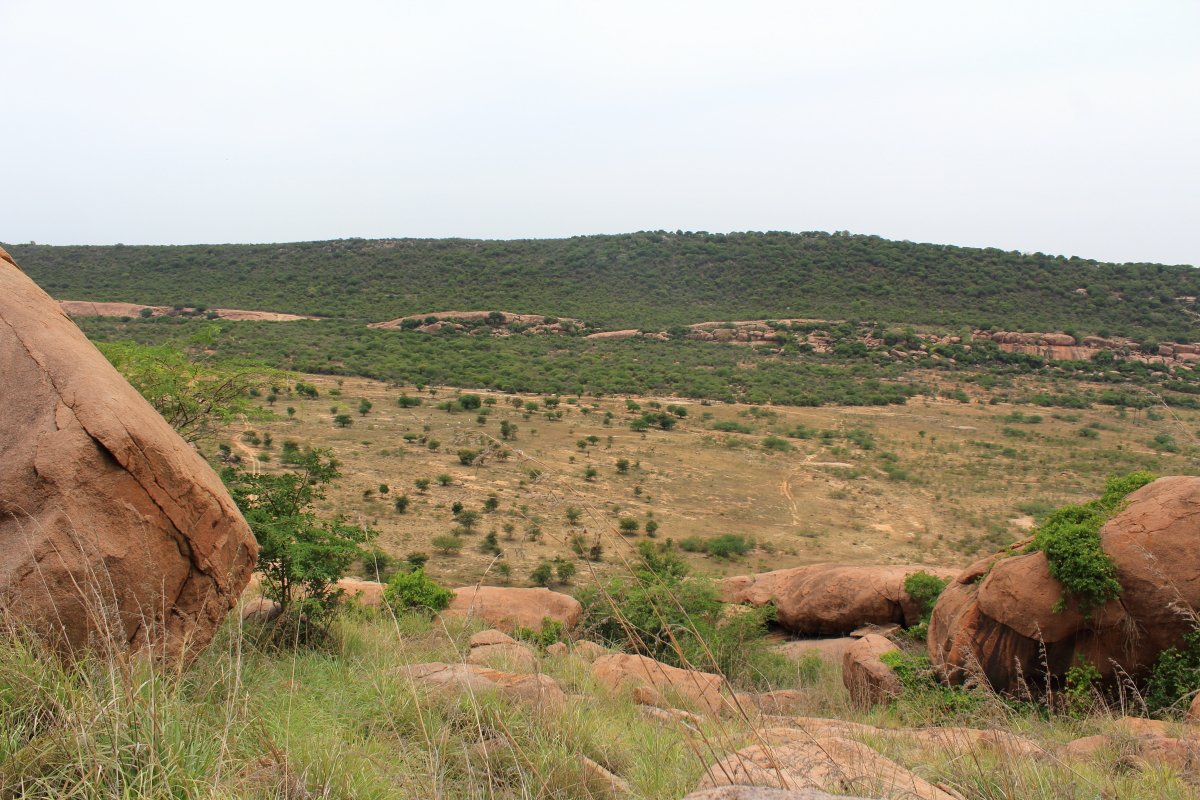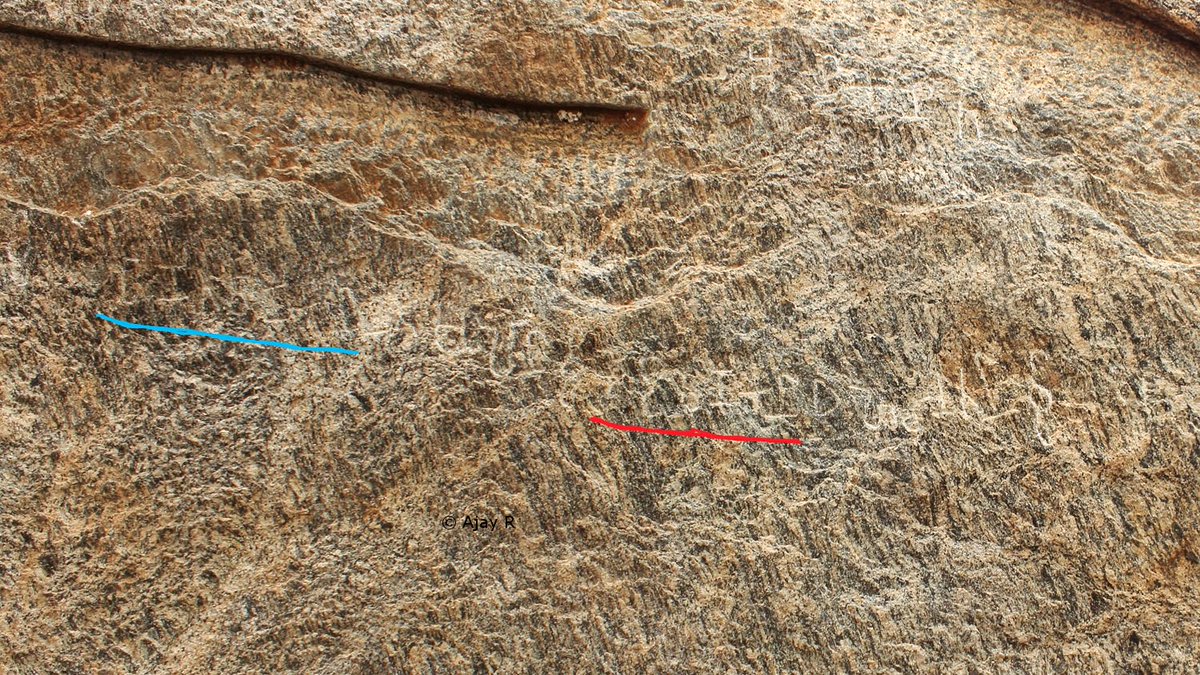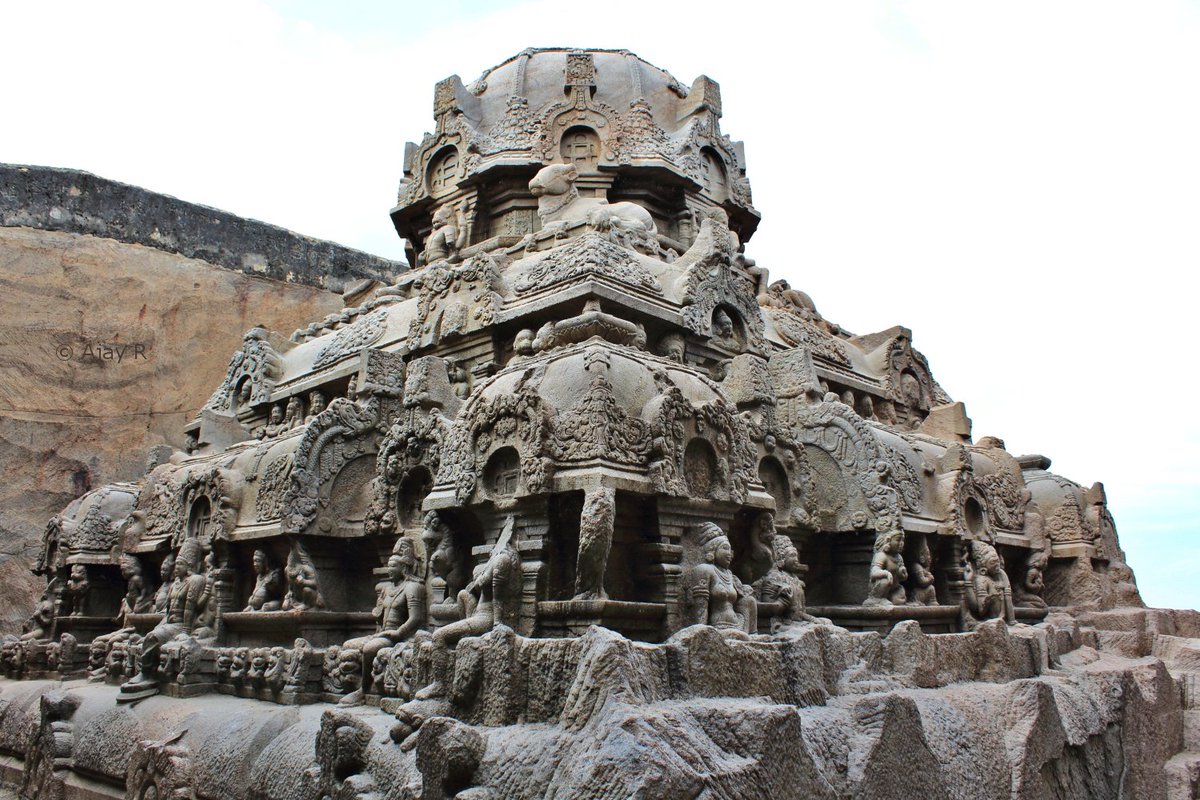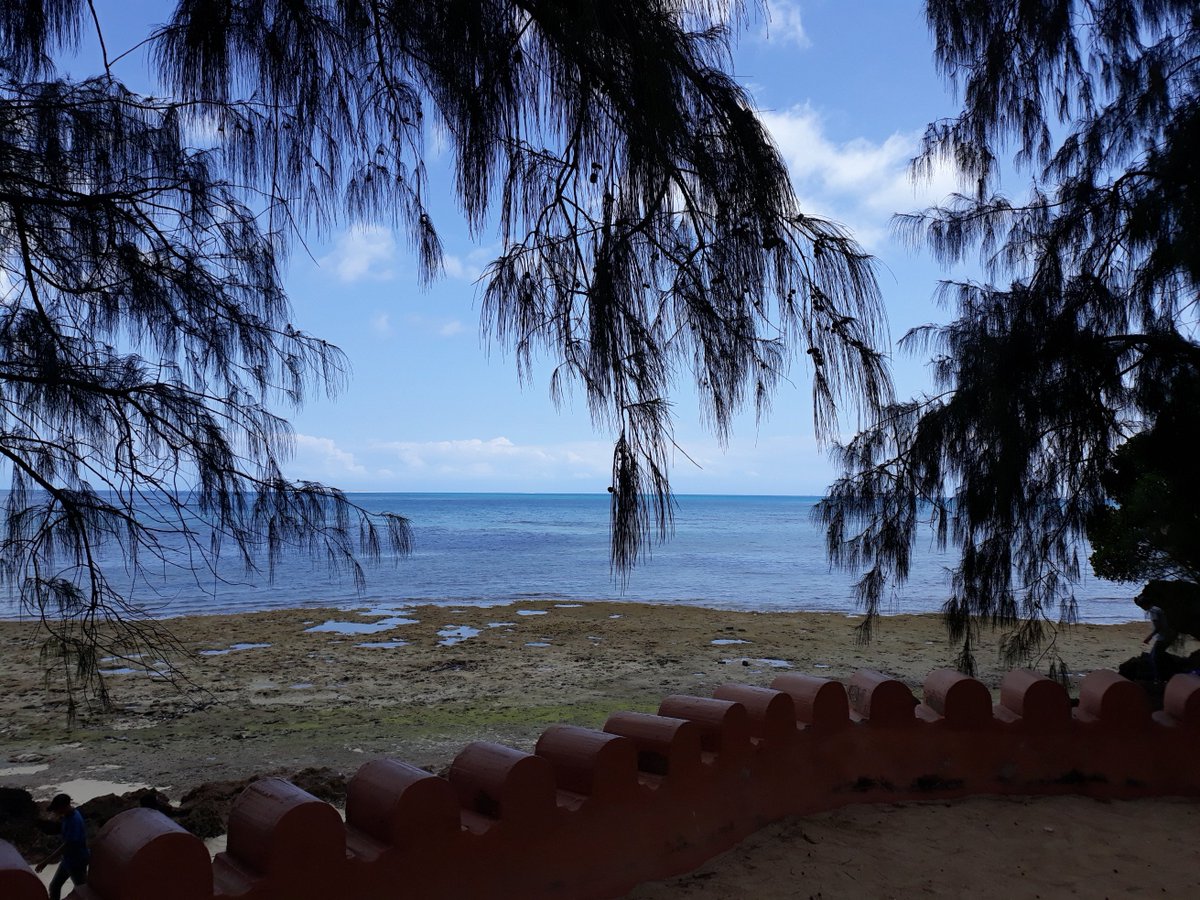There are at least 6 places more around Madurai that were very important Jain centres. Yanaimalai, Kizhavalavu, Varichiyur, Karungaalakudi, Tiruvaathavur & Perumalmalai. (All have Tamili inscriptions from BCE times!).
7) Kazhugumalai – A visual treat. The reliefs here are very detailed & a real credit to Early Pandyan art. Both reliefs & inscriptions (Tamil & Vattezhuttu) are seen here in large numbers indicating how important a Jain centre this place was.
*People from across Tamilnadu visited the place as a pilgrimage and commissioned images here.
* To protect the hill/its sculptures, there were two groups of warriors - “Tirumalai Veerar” & “Parantaka Veerar”.
* There were women teachers here who taught both male and female pupils.
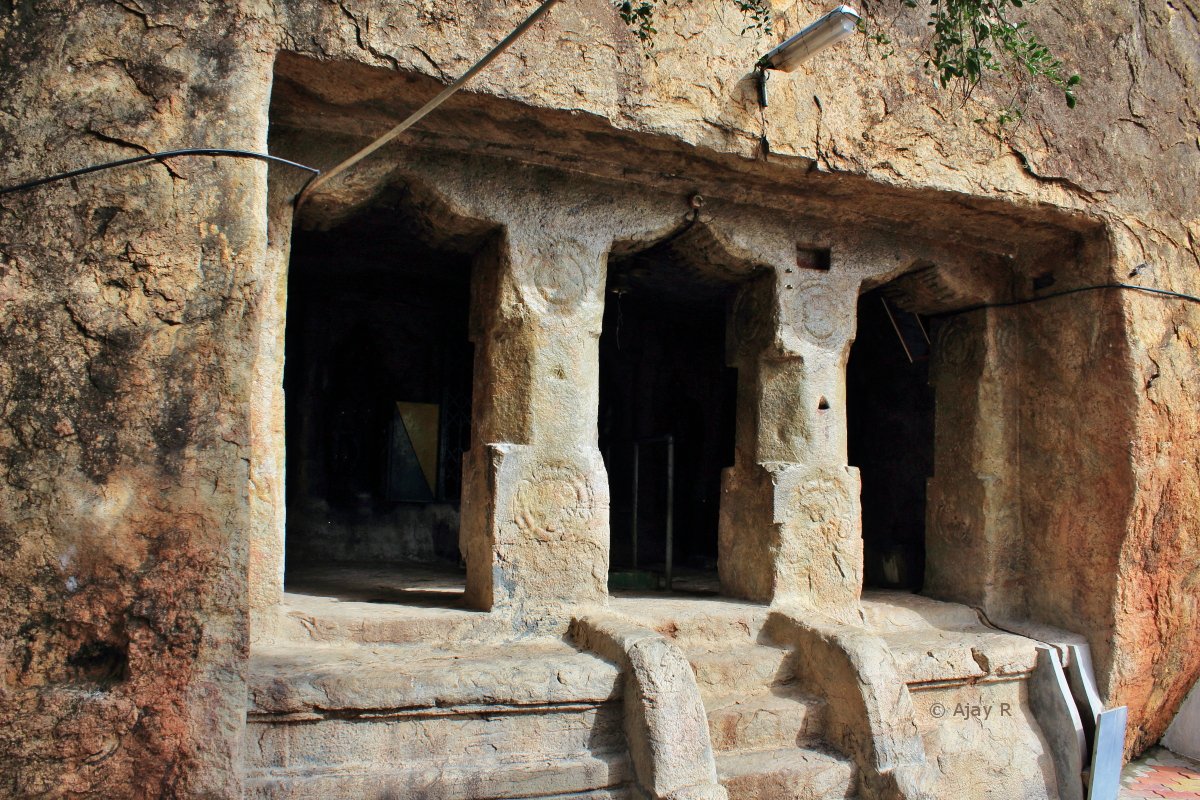
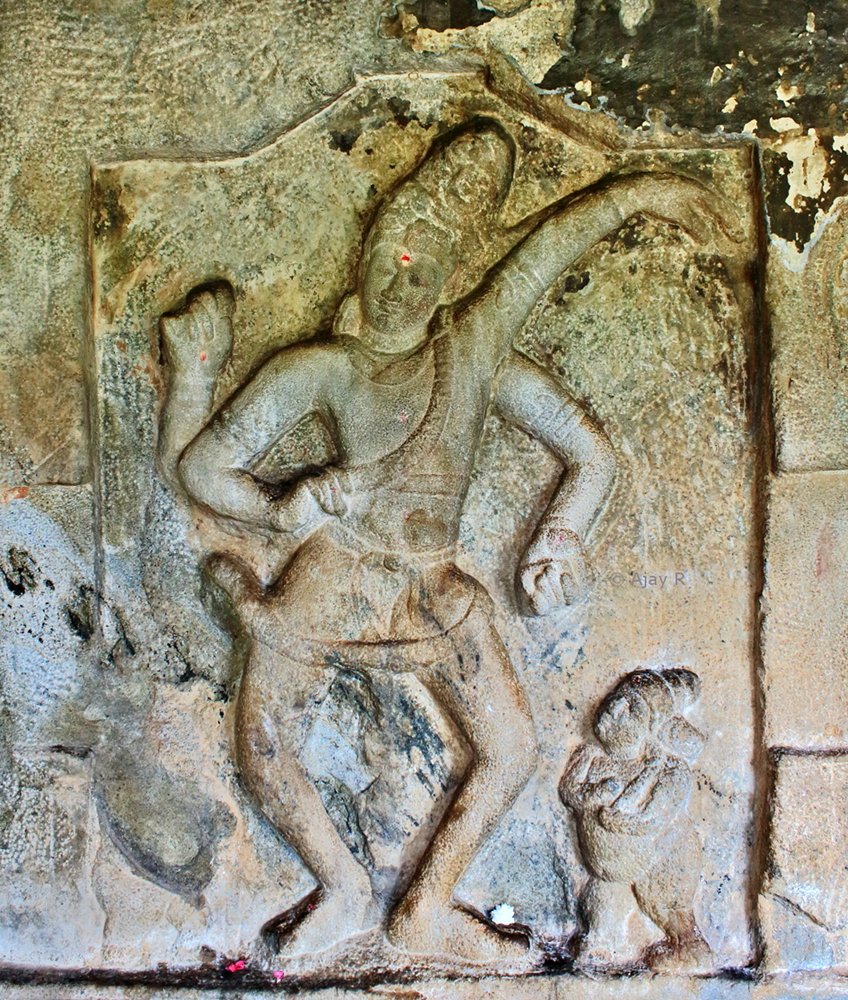
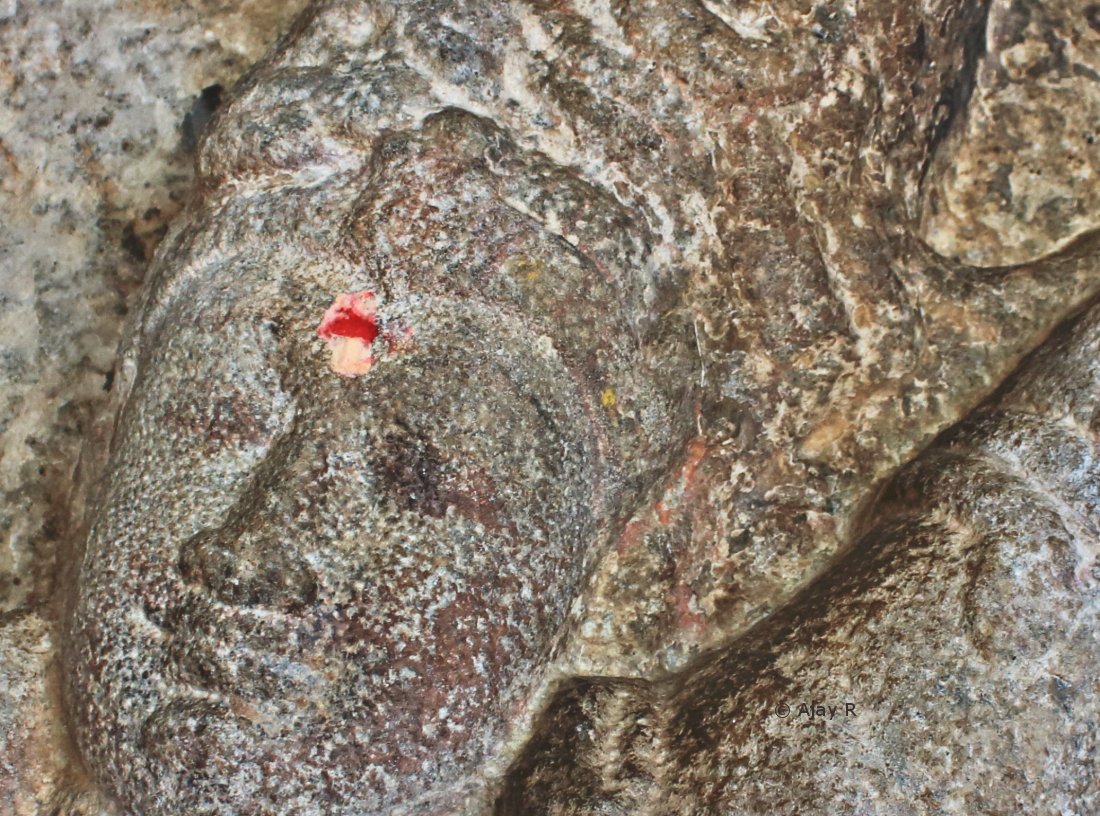
Some examples. The 1st one is probably my favourite. Also, how beautifully ornamentation has been used as well, as in the 2nd pic! #History #Art #architecture
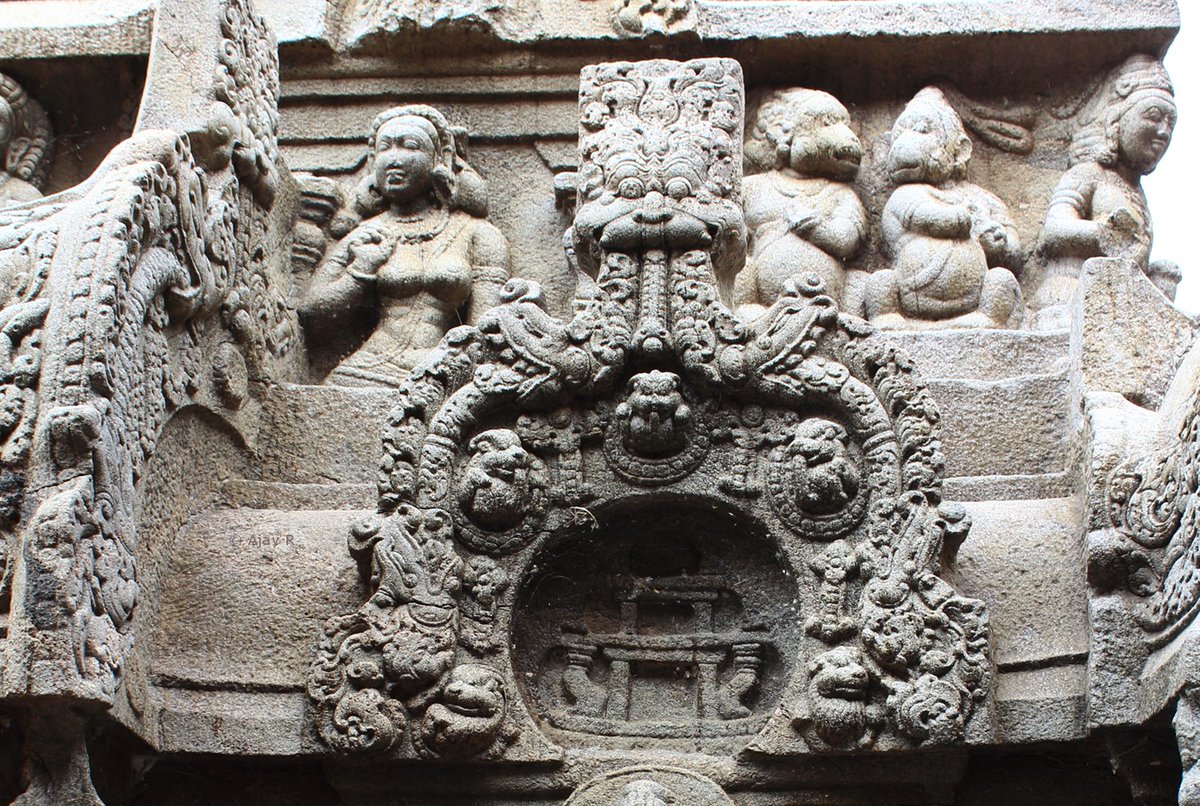
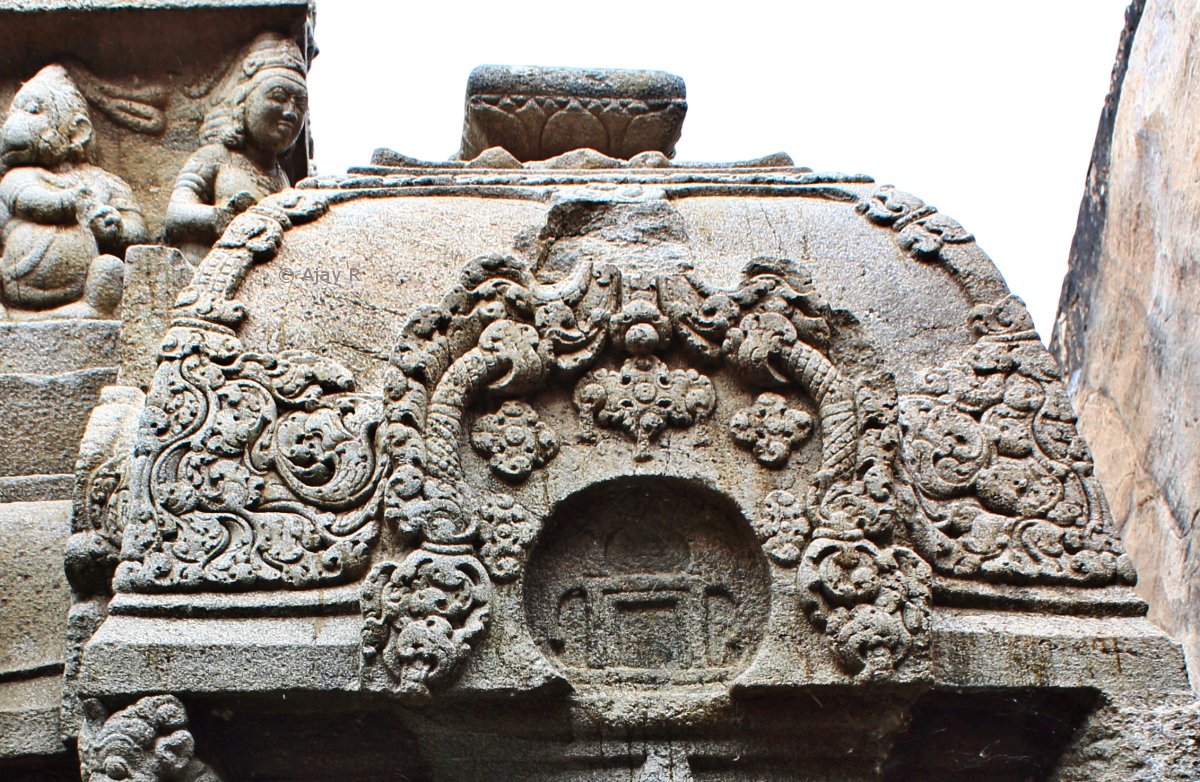
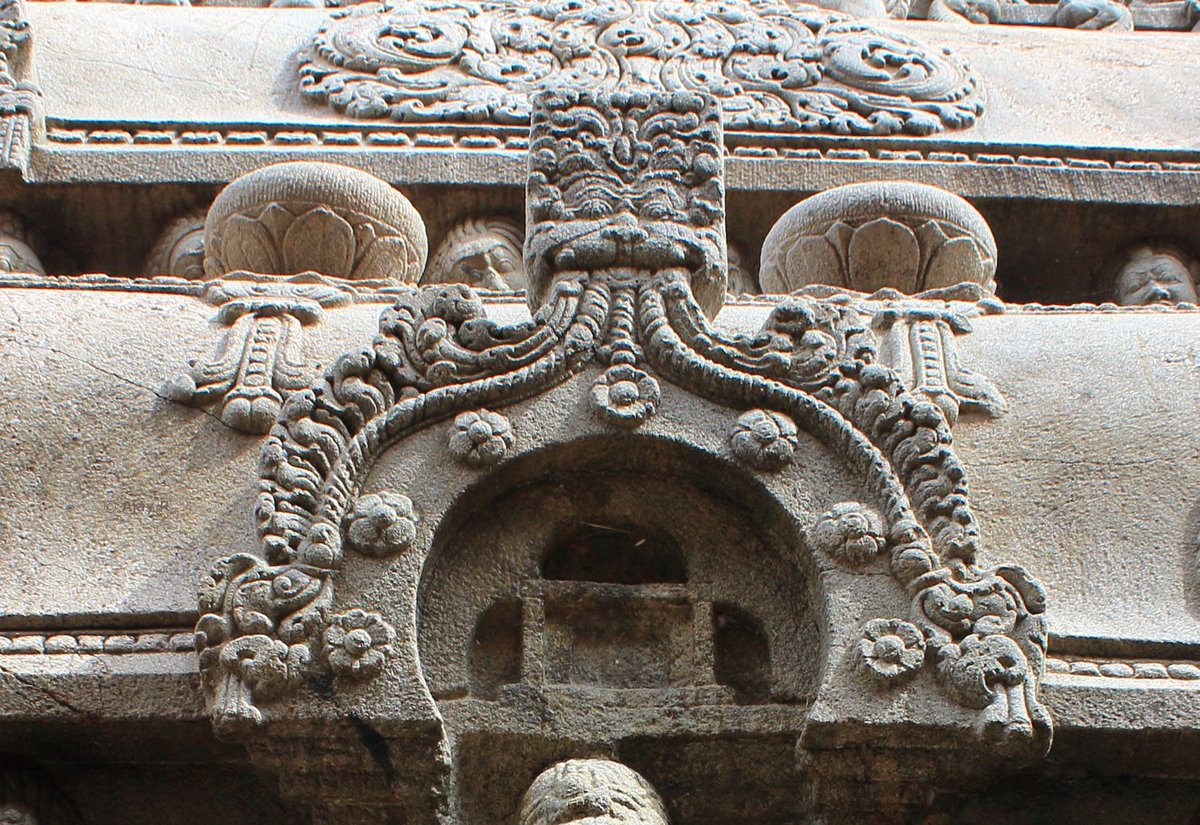
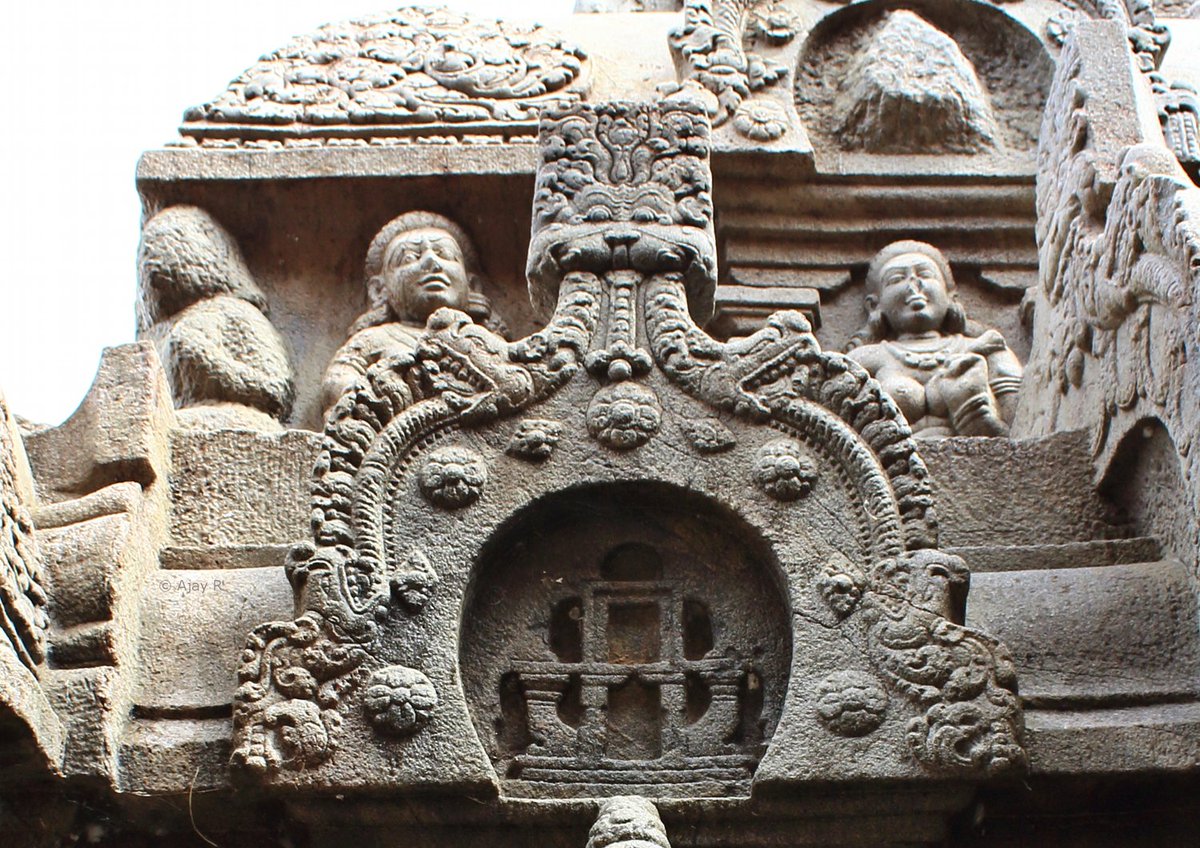
As I've put out only small snippets of each place, I'm only happy to discuss on the sculptures/inscriptions at each place in detail.

